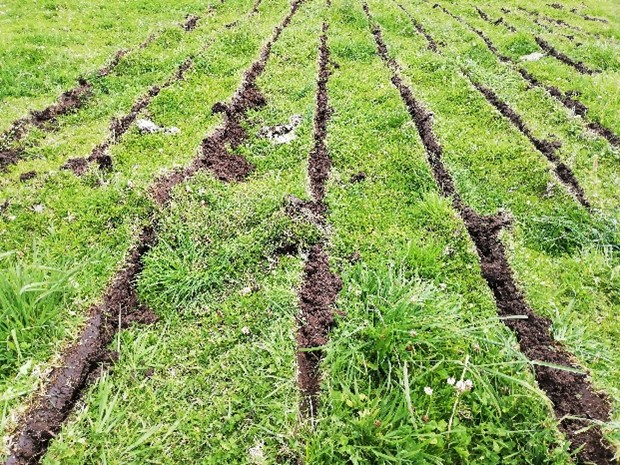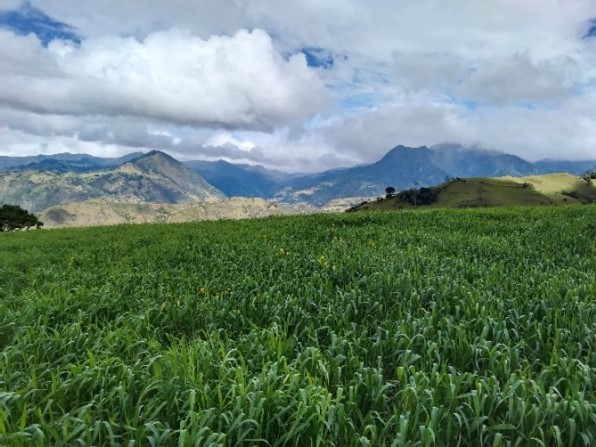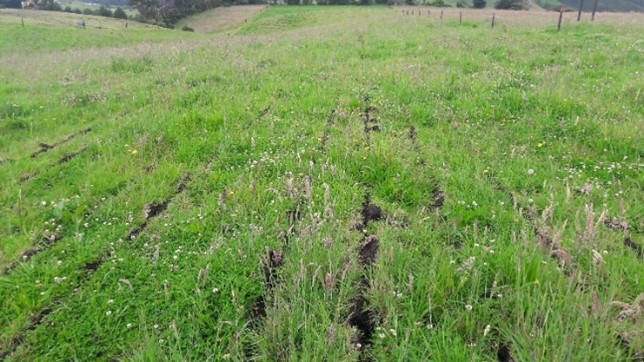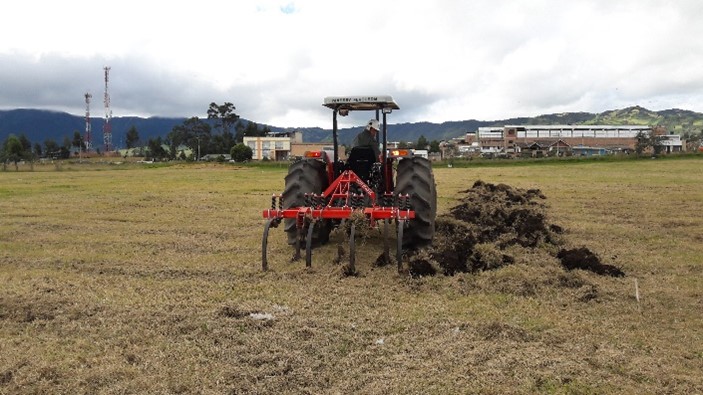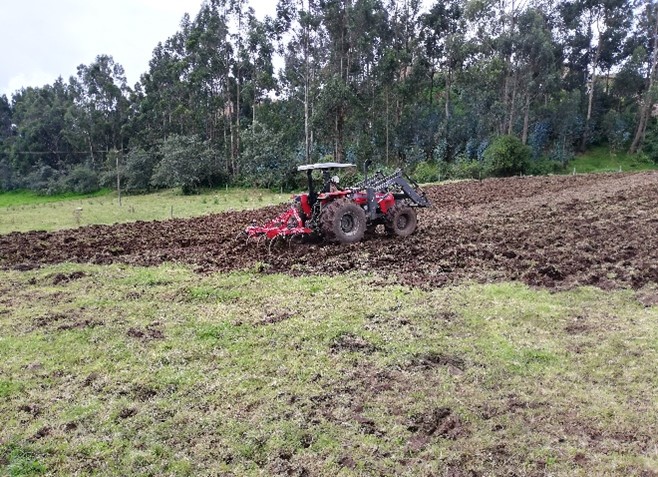Silvopastoral systems for the high Andean tropics

- Productive system:
- Dairy farming, dual-purpose farming
- Geographic coverage:
-
Andean region
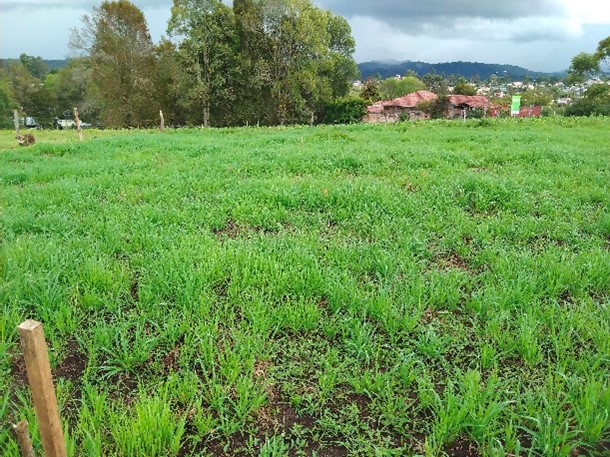
Description
The comparative advantages of implementing and maintaining this type of system in livestock landscapes, especially affected by the expansion of the agricultural frontier and present in areas in constant conflict with strategic ecosystems, are presented below.
The body of knowledge and practices included within this recommendation are the following:
- Types of silvopastoral arrangements, according to the function they are desired to perform.
- Interactions between the components of the silvopastoral system and assessment of its ecosystem services.
- Species recommended to be implemented in silvopastoral systems in the high Andean tropics.
- How to establish a silvopastoral system (recommendations for spatiotemporal arrangements, propagation, and planting).
- What is the management and maintenance of a silvopastoral system (recommendations for pruning and fertilization).
- Costs associated with management practices.
Silvopastoral systems consist of the association of a tree or shrub component in interaction with pastures and animals, providing greater productivity and resilience to the livestock production system and increasing the provision of ecosystem services that refer to:
i) Provision services, from the use of timber forest products, forage, and non-timber products such as fruits, oils, resins, firewood, and delimitation of plots, among others.
ii) Regulation services that contribute to the better recycling of nutrients, soil retention, generation of microclimates, animal welfare, carbon sinks, and maintenance of biodiversity, among others.
iii) Cultural services such as landscaping.
Its use is recommended in the department of Nariño, in the municipalities of Aldana, Buesaco, Contadero, Córdoba, Cuaspud, Cumbal, Funes, Guachucal, Guaitarilla, Gualmatán, Iles, Imues, Ipiales, Ospina, Pasto, Potosí, Puerres, Pupiales, Santacruz, Sapuyes, Tangua, Túquerres, and Yacuanquer.
Audiovisual content
Manejo de forrajes en sistemas ganaderos, énfasis en mezclas gramínea leguminosa
Uso de fertilización y enmiendas en renovación de praderas
Métodos de renovación de praderas y uso de enmiendas
Associated publications
- Booklet: Sistemas silvopastoriles alternativa sostenible para las fincas del trópico altoandino.
- Manual: Especies arbustivas con potencial forrajero en el trópico alto andino para actores del sector agropecuario. Corporación colombiana de investigación agropecuaria.
- Scientific article: Efecto de la edad de cosecha en la digestibilidad y fraccionamiento energético de dos arbustivas forrajeras en Colombia. Pastos y Forrajes.
- Scientific article: Evaluación de sólidos solubles en recursos forrajeros del trópico alto en el departamento de Nariño.
- Scientific article: Producción de metano in vitro en recursos forrajeros del trópico altoandino de Nariño.
- Scientific article: Estimación del consumo de forraje para dos biotipos bovinos lecheros en el trópico altoandino de Nariño, Colombia.
- Scientific article: Evaluación de estratos arbóreos y arbustivos en un sistema silvopastoril en el trópico altoandino colombiano. Agronomía Mesoamericana.
- Scientific article: Producción y calidad de Tithonia diversifolia y Sambucus nigra en trópico altoandino colombiano.
- Scientific article: Ensilaje de arbustivas forrajeras para sistemas de alimentación ganadera del trópico altoandino.
- Scientific article: Variación en la concentración de sólidos solubles en tres especies arbustivas forrajeras del trópico alto de Colombia.
Image gallery

